Whether you envision sipping wine in Tuscany, hopping between beaches on the Amalfi Coast, exploring the historic sites of Rome, or gliding through Venice’s canals in a gondola, one of the initial steps in planning your ideal Italian getaway is to determine the best time to visit Italy.
The timing of your visit to Italy depends significantly on your specific interests. Are there particular festivals or holidays you wish to experience? Are you hoping to swim in the sea or ski in the mountains? How do you feel about crowds and warm weather? Moreover, since Italy spans a vast area with a variety of climates, landscapes, and local cultures, the optimal time to visit can differ greatly depending on the region.
If we had to recommend a time, we would suggest late spring (May) or early fall (October). These months, often referred to as shoulder seasons, provide an ideal mix of manageable crowds and pleasant weather, as they occur just before the bustling summer months.
Be aware, however, that the shoulder season is becoming increasingly shorter. September, once considered a part of fall’s shoulder season, is now firmly recognized as peak summer tourist season.
If visiting during late spring or early fall isn’t possible for you, rest assured that Italy is an attractive year-round destination. When it’s too warm for exploring Sicily, heading to the cooler Dolomites is an excellent alternative. If you find Rome too crowded, a charming town just an hour away could be a more appealing option.
To help you find the ideal time to experience Italy, consult our detailed seasonal guide below.
Jump to a Section of This Article
Visiting Italy in Spring (March, April, May)
Spring in Italy signifies a vibrant awakening from winter, as longer, warmer, and sunnier days unfold. Flowers bloom, and a sense of new life fills the air.
In general, spring weather in Italy is quite agreeable, although you may encounter cooler and rainier days, especially earlier in the season. Expect temperatures to range from 40°F to 80°F, depending on your location across this diverse country.
Spring is an excellent time to explore Italy before summer crowds arrive and temperatures soar. If lush gardens and fresh produce appeal to you, the spring months are ideal for your visit.
Several significant Italian festivals and national holidays occur during spring. Easter is particularly celebrated, featuring a grand mass led by the Pope at St. Peter’s Basilica in Vatican City. In Rome, you can participate in Labor Day festivities on May 1st, which include lively street festivals and delicious food.
Other spring events you might encounter include Calendimaggio in Assisi, the Salone Internazionale del Mobile (a furniture fair in Milan), the opening of the La Biennale di Venezia arts festival, and the Monterosso Lemon Festival in Cinque Terre.
Spring is also a preferable time to visit Sicily, avoiding the extreme heat and crowds that peak in July and August. Enjoy mild weather which is pleasant for hiking, exploring nature, or enjoying the beautiful beaches.
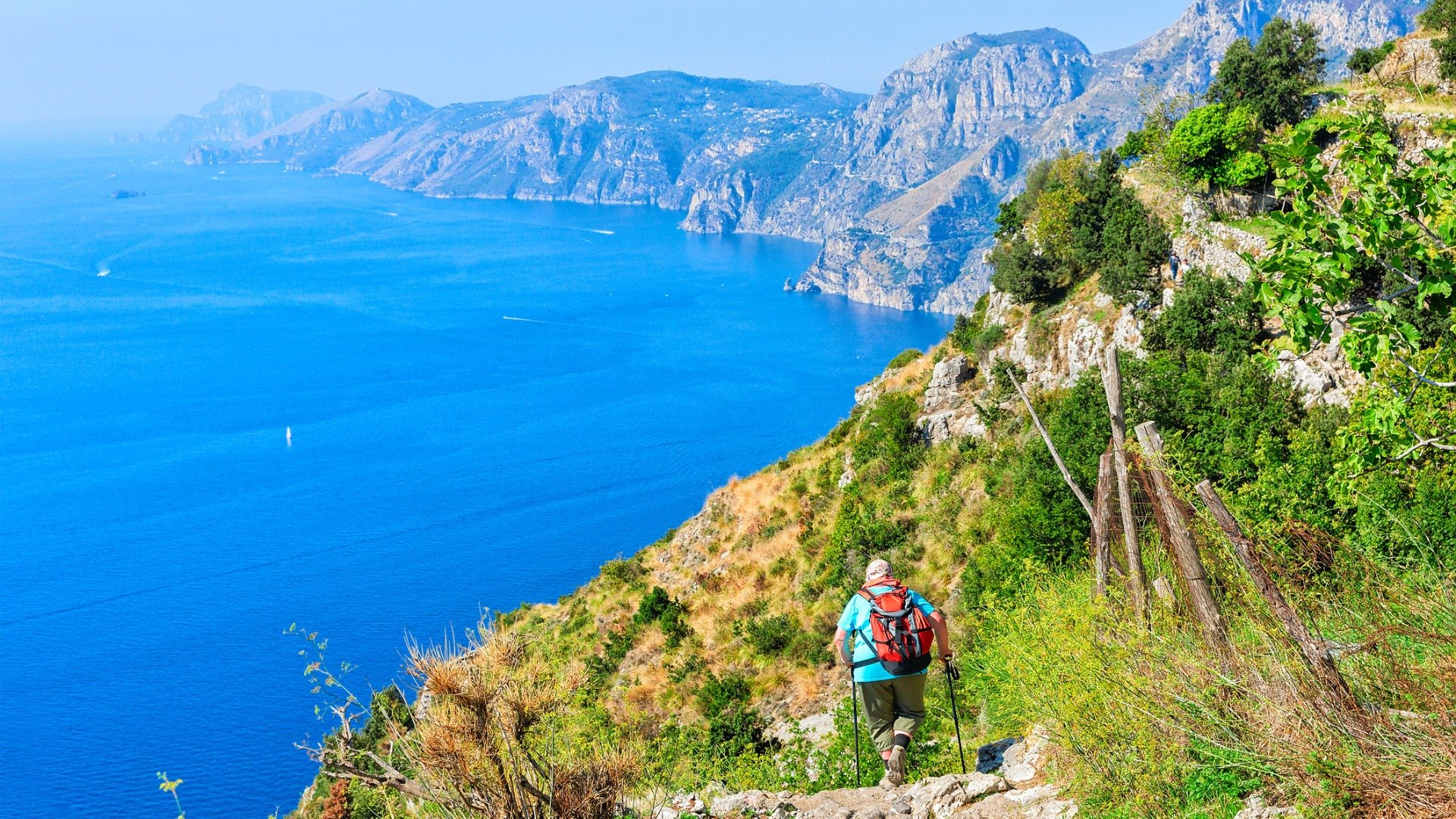
Visiting Italy in Summer (June, July, August)
Summer marks Italy’s peak tourist season. Not only do international travelers flock to the country, but many locals also take their vacations, especially to coastal regions in August.
The popularity of summer travel in Italy is well-founded. If you’re a beach enthusiast who dreams of relaxing by the sea, sailing along the coastline, and enjoying refreshing gelato, summer is the time to visit.
However, be prepared for both crowds and high temperatures. Summer temperatures in Italy can range from 65°F to 100°F on average. When the heat becomes overwhelming, follow the locals’ lead and head to the beach for some relief.
Summer also brings a plethora of exciting festivals. You can celebrate Festa della Repubblica (Italy’s Independence Day) on June 2nd, enjoy the International Festival of Arts in Taormina, catch an opera in Verona, or listen to music at the Jazz Festival in Perugia.
If your ideal vacation centers on sun and sand, the Amalfi Coast, Ligurian Coast, and other coastal destinations are perfect in the summer, despite the crowds. To optimize your coastal experience, consider taking a sailing trip.
For those looking to escape the heat, the Dolomites in northern Italy provide a cooler climate ideal for hiking, cycling, or leisurely drives. The Italian Lakes, such as Lake Como and Lake Garda, also offer comfortable temperatures compared to southern destinations.
To avoid the summer crowds, rely on your JayWay Travel planner to arrange your itinerary, securing skip-the-line options whenever possible. Your travel advisor can also recommend lesser-known destinations and activities for a more peaceful experience, along with summer-themed trips, like our popular Neapolitan Summer itinerary.
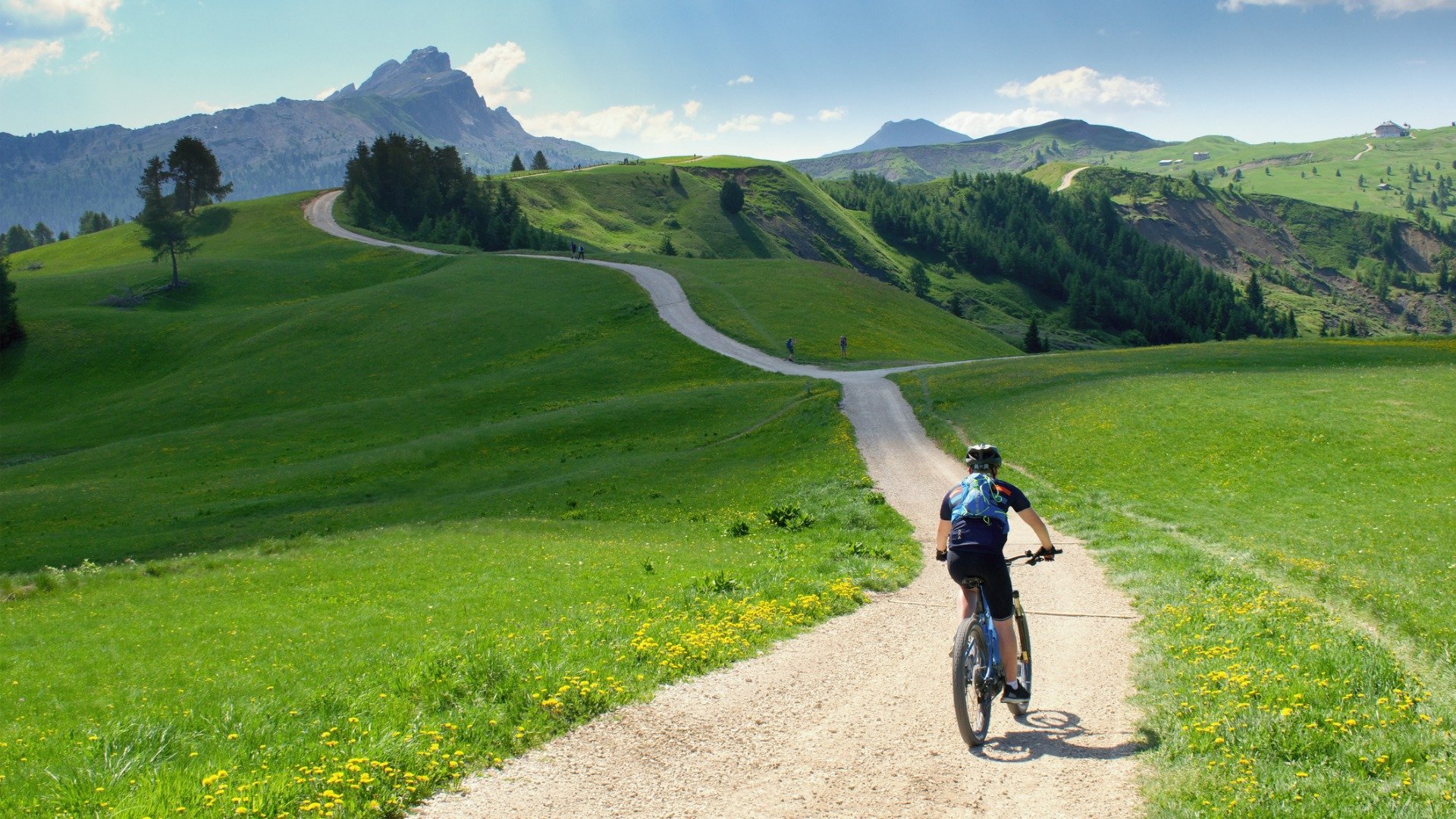
Visiting Italy in Fall (September, October, November)
Fall in Italy is generally quite enjoyable, although some regions may experience more rain. Average temperatures typically fall between 45°F and 80°F. If you want to enjoy the last remnants of summer warmth, head south during the fall.
October and November offer cooler temperatures and smaller crowds compared to September, which has increasingly become a part of the summer season. For a more tranquil experience, consider a visit beginning in early October.
The fall season in Italy is well-known for its outstanding food and drink. If your dream trip involves winery tours, sampling fresh truffles, and admiring autumn leaves, fall is the perfect time to go.
The period from September to October marks harvest season in Tuscany, providing ample opportunities to visit charming hilltop towns and vineyards while witnessing the stunning transformation of the landscape from green to vibrant hues of orange, yellow, and red.
In addition to grapes, autumn also brings an abundance of fresh olive oil, chestnuts, pumpkins, and truffles. Many cities host food festivals during the fall to celebrate the season’s bounty.
Beyond culinary delights, fall is a fantastic time for outdoor adventures, particularly if you wish to avoid the sweltering summer heat and crowds. In southern Italy, the sea remains warm, allowing for pleasant days spent at the beach, while inland regions offer excellent hiking and views of the changing foliage.
Highlighted events include a literary festival in Mantua and a comic book festival in Lucca, along with the national holiday of All Saints’ Day on November 1st.
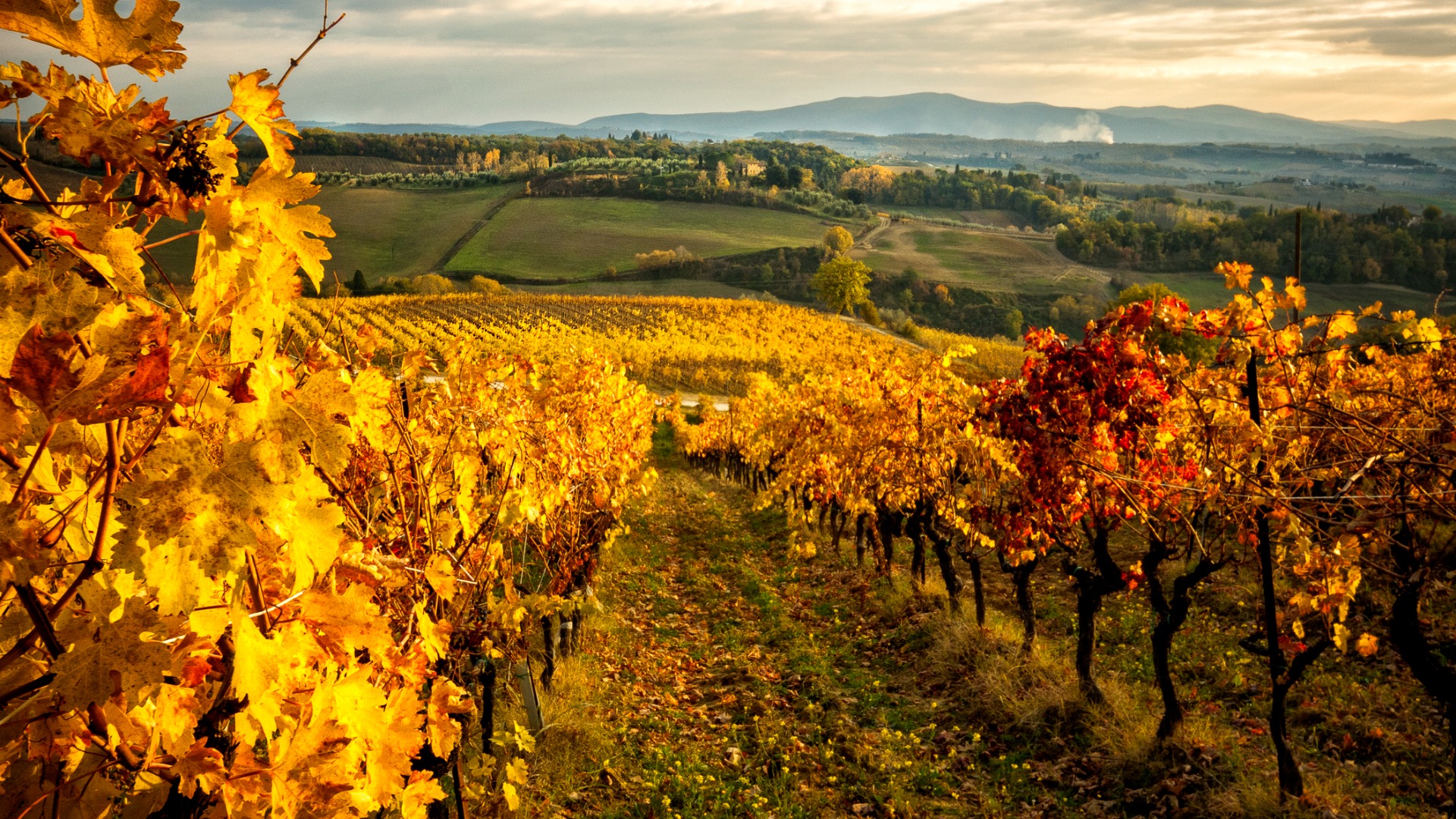
Visiting Italy in Winter (December, January, February)
Italy’s winter months attract fewer tourists, making this an ideal time to visit some of the country’s top destinations without the usual crowds.
In general, winters in Italy are mild and dry, with the western parts experiencing fewer snowfalls unless you venture into the mountains. Typical winter temperatures range between 25°F and 60°F.
Despite the lack of beach days, winter in Italy offers plenty of experiences. The biggest advantage is the absence of crowds, allowing for a more local experience since it’s the low season. Many hotels and services also provide lower rates during these months.
Bear in mind that some tourist spots may close for the season or offer fewer activities during winter. For instance, numerous establishments along the Amalfi Coast shut down between November and March. To make the most of your off-peak visit, stick to major cities that maintain a thriving local population and have numerous indoor attractions.
Take this opportunity to visit places that are typically overrun with tourists, such as the Colosseum in Rome or the ancient ruins of Pompeii. Indoor attractions like the Vatican Museums and Florence’s art galleries are also enjoyable escapes from the winter chill.
If you enjoy winter sports, consider heading to the Dolomites for skiing in the breathtaking Italian Alps, an area known for its winter athleticism.
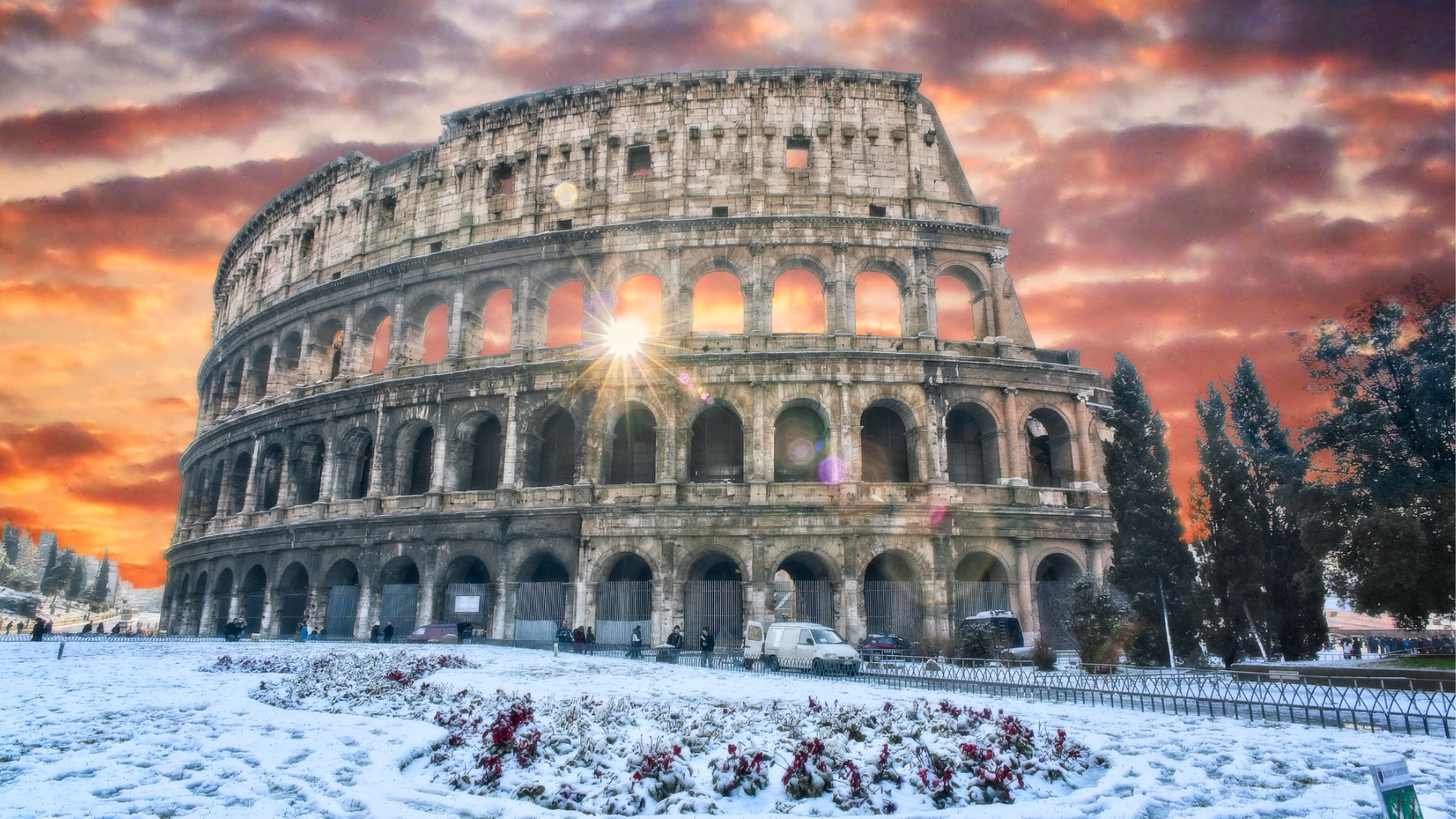
Christmas and Other Winter Events in Italy
While Italy’s Christmas markets may not be as renowned as those in France or Germany, they are definitely worth exploring. Major cities like Rome and Florence host extensive Christmas markets, while towns such as Assisi showcase impressive nativity scenes. You might even attend a midnight mass on Christmas Eve.
In addition to Christmas celebrations, winter in Italy features numerous festivals and events. Italians honor the Immaculate Conception on December 8th, and December 26th is St. Stephen’s Day. Venice celebrates Epiphany on January 6th with the Regatta of the Witches and the famed masked Carnival festival each February.
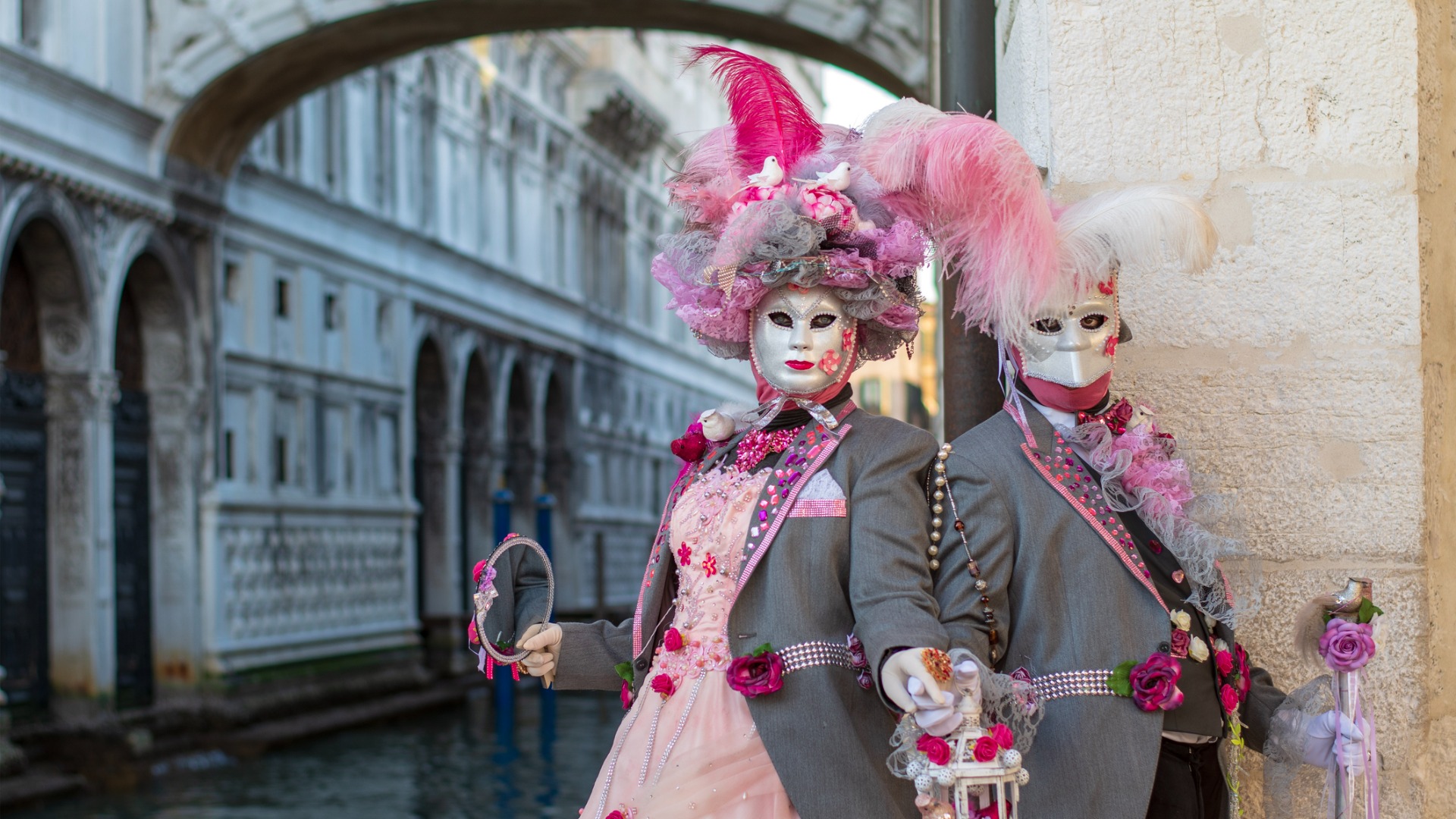
Choose the Best Time to Visit Italy & Let JayWay Handle the Rest
As you can gather from this article, there’s truly no bad time to visit Italy. Regardless of when you can travel or what your ideal trip entails, Italy will delight you, especially when guided by the expert planners and advisors at JayWay who can create your perfect Italian itinerary tailored to your interests and desires.
From selecting the ideal regions to explore, recommending local restaurants, securing premium accommodations, and arranging skip-the-line tickets for major attractions, JayWay will assist you throughout your journey—from the initial planning stages right through to your time spent discovering Italy’s beauty.
So, whether you’re considering a brief introduction to Italy’s highlights, a two-week tour of its best offerings, or an adventure focused on hidden treasures, our travel experts are ready to devise an unforgettable Italian itinerary for you. All you need to do is decide on the perfect time to visit Italy and share your travel dates!

Maria, originally from Athens, possesses a deep love for travel and storytelling, making her an ideal content manager for our team.



